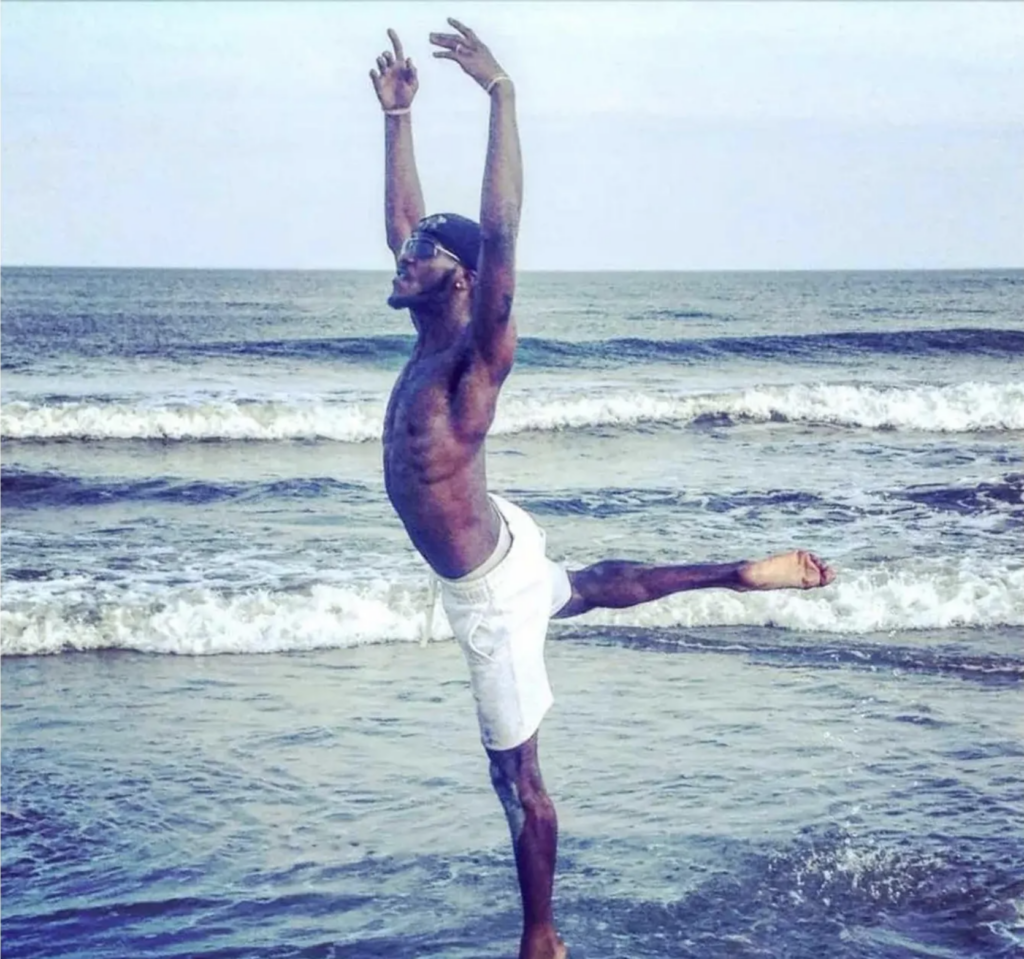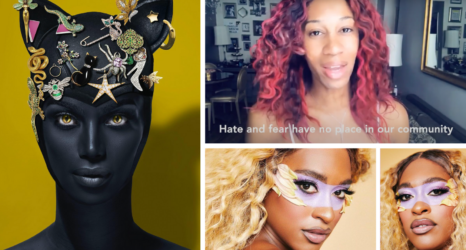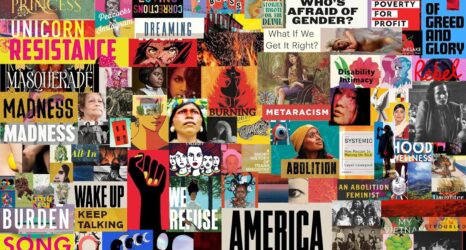Dancing publicly and unapologetically as a Black queer man is resistance.

On July 29, 2023, O’Shea Sibley, a 28-year-old Black, gay, professional dancer, was fatally stabbed in his heart while he and his friends were voguing to Beyoncé outside of a gas station. His murderer shouted, “Stop dancing, stop dancing, stop dancing”—as if dancing is a crime, an assault on life, a blasphemy to the living.
Dancing expresses the joy of being present on this earth. We dance to forgive and forget, and as a screaming testimony to life. Yet, dancers have always been vulnerable to unexpected backlash and unbelievable violence. I know this as a woman and professional dancer.
Dancing has long been seen as a transgression. Once upon a time, goddesses and witches danced, but as the world moved toward heteropatriarchal societies and monotheistic religions, goddesses and witches were eradicated.
During the Stono Rebellion in September 1739, enslaved people in the colony of South Carolina marched and danced as they fought to free themselves. As a result, drums and other instruments were outlawed on plantations. But the dancing and music continued—they used their bodies, clapping, stomping and singing, still creating enough music to pass messages of freedom to each other.
Ballroom culture, which can be dated back to the 1920s, popularized voguing—a highly stylized form of dance that sprung out of “house culture,” which was started by queer Black and Latino people in Harlem, N.Y. Ballroom is an expression of the abundance of Black queer joy as a resistance to their everyday struggles. In the early days of ballroom, it was outlawed and taboo. Many performers hid their participation from the outside world and considered their ballroom community their “chosen family.”
For those in power, the dancing body must always be controlled.
O’Shae Sibley was not only dancing at the gas station—he was voguing. Carmen Philips wrote, “O’Shae Sibley was fatally stabbed for expressing himself, for taking up space with his Black queer joy after a day at a beach celebrating a friend’s birthday, for voguing.” Dancing while Black and gay is a triple threat. The command to “stop dancing” was a violent demand to stop being.
Sibley’s neighbor Beckenbaur Hamilton had warned him that his exuberance and queer joy could one day lead to the wrong person intervening. Sibley responded that he was “just living his truth.” Sibley’s refusal to conform to social expectations and heteronormative standards was a revolutionary act of self-acceptance and love. Dancing publicly and unapologetically as a Black queer man is resistance.
It was a senseless crime. O’Shae has always been a peacemaker. All he wanted to do was dance.
Tondra Sibley, aunt of O’Shea Sibley
Painful stories are common in the dance world from men who dance. As a dance artist working with the Illinois Arts Council in the 1990s, I witnessed the power of homophobia when I taught a group of 13-year-old boys in public schools. Twenty boys were assigned to take “movement” with me; the other 20 boys took gym. For the first four weeks, the boys soared, rolled, jumped and leaped while laughing and hollering as the physical freedom of the movement awakened their spirits. One day, they sat solemnly on the bench with their arms crossed. “We are not doing this anymore,” one said. “Why?” I asked. “We found out we are dancing.”
O’Shea studied with extraordinary teachers as a scholarship student with Philadanco and an Alvin Ailey extension student. He practiced freeing his joints and soul every day in every dance class.
O’Shea Sibley’s life did not end while performing at Lincoln Center Theater, but tragically at a gas station. I can only pray that during his last dance, his body and soul were immersed in the ecstatic thrill of dancing.
Rest in power, O’Shea Sibley.
Up next:
U.S. democracy is at a dangerous inflection point—from the demise of abortion rights, to a lack of pay equity and parental leave, to skyrocketing maternal mortality, and attacks on trans health. Left unchecked, these crises will lead to wider gaps in political participation and representation. For 50 years, Ms. has been forging feminist journalism—reporting, rebelling and truth-telling from the front-lines, championing the Equal Rights Amendment, and centering the stories of those most impacted. With all that’s at stake for equality, we are redoubling our commitment for the next 50 years. In turn, we need your help, Support Ms. today with a donation—any amount that is meaningful to you. For as little as $5 each month, you’ll receive the print magazine along with our e-newsletters, action alerts, and invitations to Ms. Studios events and podcasts. We are grateful for your loyalty and ferocity.





